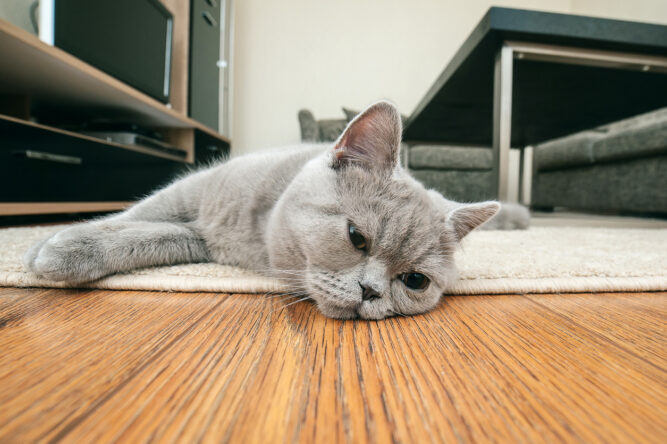If cats could talk, they’d definitely have opinions about their litter box setups.
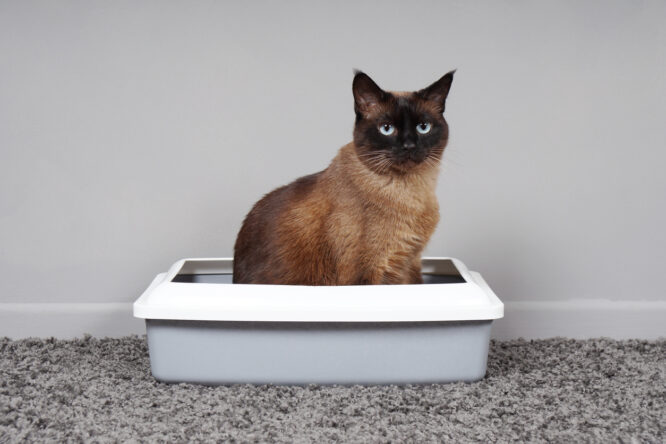
While most of us try our best to keep our feline friends happy, it’s surprisingly easy to get a few things wrong. And unfortunately, with cats, those little mistakes often lead to some very noticeable consequences (like a gift left on the carpet).
Luckily, most litter box issues are totally fixable. Whether you’re a new cat owner or have lived with cats for years, it’s worth double-checking your habits. A few small changes can make a big difference—not just for your cat, but for your home, your nose, and your stress levels. If you’re making any of these common mistakes, it’s time for a change.
1. Not scooping often enough

Life gets busy, but your cat doesn’t care if you’ve had a long day—they want their toilet clean. Leaving clumps to pile up makes the box unpleasant and unhygienic, and cats are naturally clean creatures. If their box smells awful or looks messy, they’ll often look for another spot to go. Spoiler: that spot is rarely one you’ll approve of.
Ideally, scoop once a day, or even twice if you’ve got more than one cat. It’s a small task that saves you from bigger problems later. Plus, it’s way easier to do a quick scoop each day than to deal with a cat who’s decided your bathmat is their new bathroom.
2. Using a litter your cat secretly hates
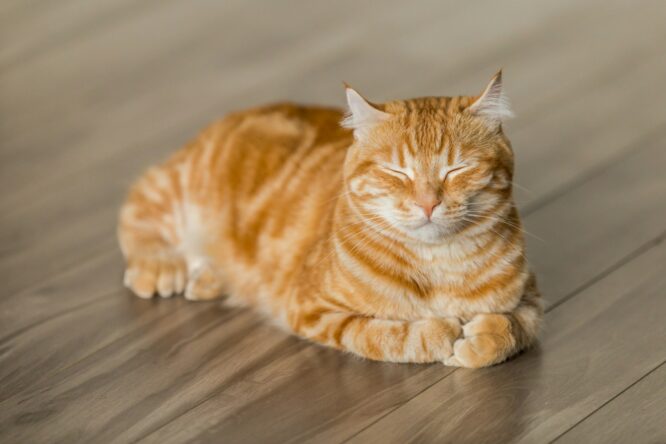
That fancy, scented litter might smell like fresh linen to you, but to your cat it could be like stepping into a perfume shop barefoot. Cats have extremely sensitive noses, and some litters are just too intense. If your cat starts avoiding the box or hovering near it without going in, the litter type could be the problem.
It’s usually safer to go with unscented, softer litters, especially those that mimic sand or dirt in texture. If you do want to change brands, mix it in gradually rather than switching overnight. Cats don’t like surprises in their bathroom routine any more than you would.
3. Putting the litter box in a terrible location
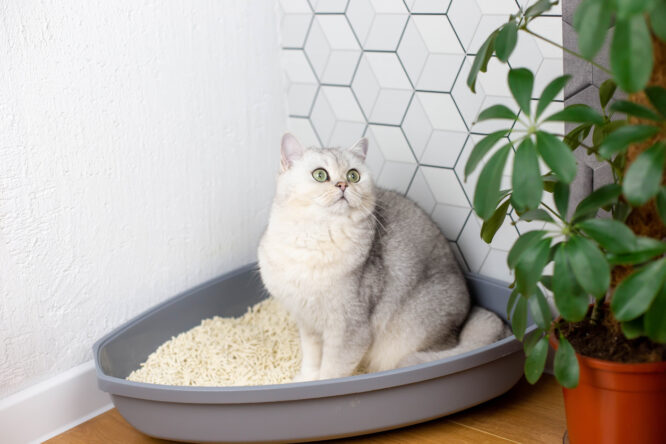
You might not want the litter box in a visible spot, but if it’s shoved in a drafty cupboard or next to a noisy appliance, your cat probably isn’t thrilled either. Cats like privacy, but not isolation—and they definitely don’t want to be startled mid-pee by a loud washing machine spin cycle.
Find a quiet, low-traffic area that’s easy for your cat to access. Avoid tight corners or places where they might feel trapped. If the box is hard to get to or feels stressful, some cats will avoid it completely, even if it’s technically clean.
4. Using a covered box that traps smells
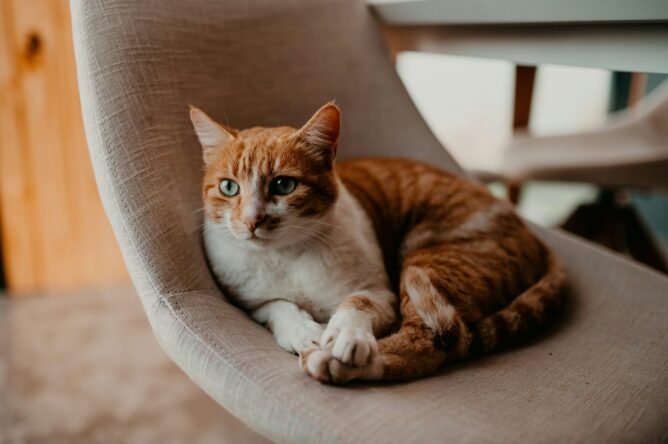
Covered litter boxes might seem like a tidy solution, but they’re not always cat-approved. While some cats don’t mind them, others hate the trapped smell and lack of ventilation. Imagine doing your business in a small, humid box with no airflow—would you want to go back in there again?
Try removing the lid to see how your cat reacts. If they start using the box more consistently without the cover, that’s your answer. You can always place the open tray in a discreet spot to keep it out of sight without forcing your cat into an unwanted sauna situation.
5. Only having one box in a multi-cat home
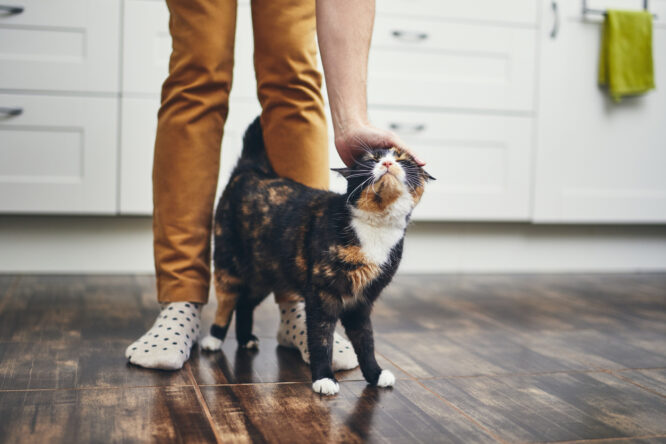
One litter box might be manageable for a single cat, but if you’ve got two or more, you’re asking for trouble. Cats are territorial, and sharing a box can cause stress, territorial disputes, and some serious bad behaviour. It’s one of the most common reasons cats stop using the litter box altogether.
The general rule is one box per cat, plus one extra. So two cats means three boxes. It might seem excessive, but it can dramatically reduce accidents and make life smoother for everyone, especially your carpet.
6. Making sudden changes with no transition

Switching litter brands or moving the box to a different room might seem like no big deal, but to a cat, it’s like someone moved your bathroom to another postcode without telling you. Cats thrive on consistency, and sudden changes often lead to resistance or accidents.
If you need to make adjustments, do it gradually. Mix old and new litters over a few days, or slowly move the box’s location by moving it a little at a time. This gives your cat a chance to adapt without getting confused or upset in the process.
7. Forgetting to clean the actual box
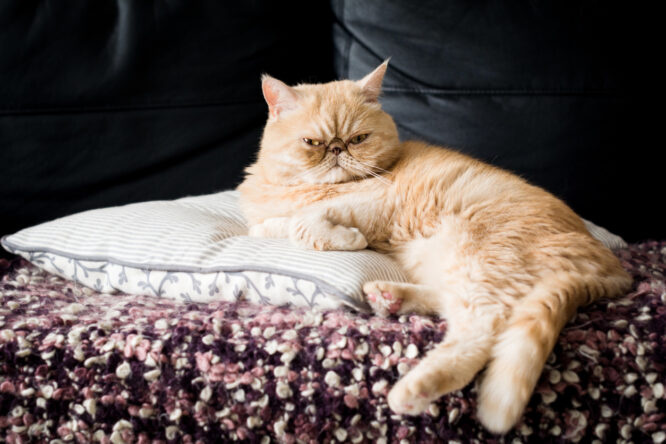
Scooping daily is great, but even the cleanest litter can only do so much if the box itself is caked in grime. Over time, bacteria and odours build up on the plastic, and your cat will definitely notice (even if you don’t).
Every few weeks, empty the litter entirely and give the box a proper scrub with unscented soap and warm water. Avoid bleach or harsh chemicals, which can irritate your cat or leave behind lingering smells. Once the box is dry, refill it with fresh litter and enjoy the return of that elusive “clean box smell.”
8. Using cleaners that are too strong
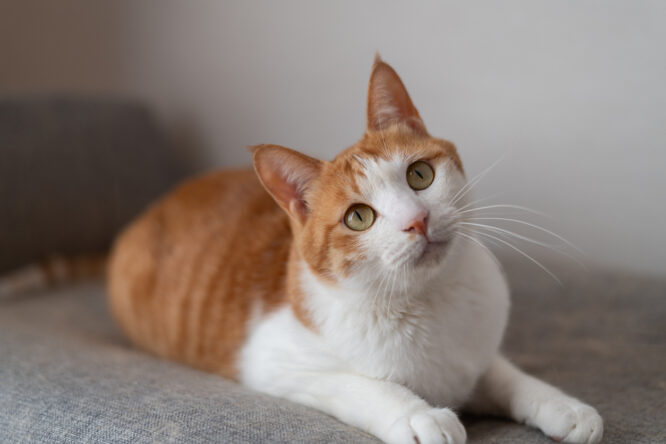
We all want our homes to smell nice, but using heavily scented sprays or bleach in or near the litter area can be overwhelming for your cat. Their noses are far more sensitive than ours, and strong chemical smells can actually deter them from using the box.
Stick to mild, pet-safe products or just hot water and soap. Your goal is to clean, not to drown the space in fragrance. A cat who avoids their freshly cleaned box isn’t being fussy; they’re just overwhelmed by the “new bathroom” smell you accidentally created.
9. Not keeping enough litter in the tray

It might seem harmless to top up the litter box with a thin layer to save on litter, but cats like to dig. They have an instinct to bury their waste, and if there’s not enough litter to do that comfortably, they may choose to go elsewhere.
Make sure there’s at least 2–3 inches of litter in the tray. It gives your cat the space they need to scratch, cover, and feel like the area is clean and usable. It’s a tiny detail that can make a big difference in whether or not your cat actually uses the box consistently.
10. Expecting the same setup to work forever

Just because your cat was fine with something last year doesn’t mean they still are now. As cats age or their health changes, so do their litter box needs. A high-sided box might be too hard for an older cat to climb into, or a box tucked into a back room might suddenly be too far away for a quick dash.
Stay aware of how your cat interacts with their litter setup. If they’re suddenly hesitant, going near the box but not inside, or having accidents elsewhere, they might be trying to tell you it’s time for an upgrade. A lower box, a new spot, or even switching to softer litter can make all the difference.

